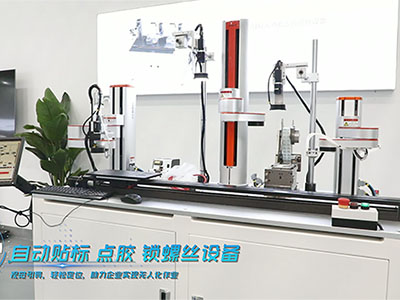
What is a Collaborative Robot ?
In recent years, robots have become an integral part of industries around of the world, enhancing productivity and automating various tasks. Among the different types of robots, collaborative robots, also known as cobots, have gained significant attention. Unlike traditional industrial robots, cobots are designed to work alongside humans, facilitating human-robot collaboration in shared work-spaces. In this article, we will explore the concept of collaborative robots, their key features, and their potential impact on the future of work.
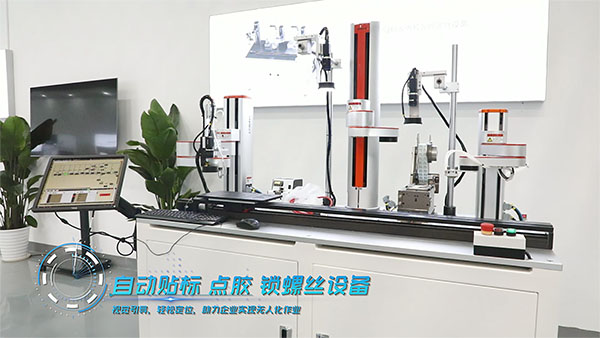
A collaborative robot can be defined as a robot specifically designed to work safely and effectively with humans in a shared workspace. Unlike traditional robots that operate in isolated environments, cobots are built to interact and collaborate with human workers, creating a harmonious working relationship. They are equipped with advanced sensors, intelligent algorithms, and safety features that allow them to detect and respond to human presence, ensuring a safe working environment.
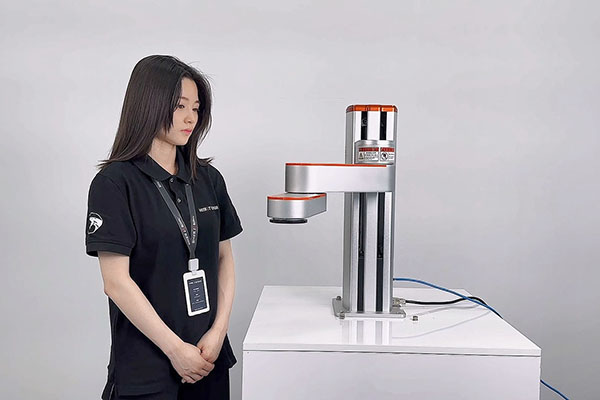
Key Features of Collaborative Robots
Collaborative robots possess several key features that distinguish them from traditional industrial robots:
1. Safety Measures:
Cobots are equipped with various safety features, such as force sensing, speed reduction, and collision detection, which enable them to stop or adjust their movements when they encounter human workers or obstacles. This ensures the safety of human operators and prevents accidents.
2. Ease of Use:
Collaborative robots are designed to be user-friendly, even for individuals without specialized programming skills. They often feature intuitive interfaces, simple programming methods (such as teach pendant or graphical interfaces), and quick setup, enabling easy integration into existing workflows.
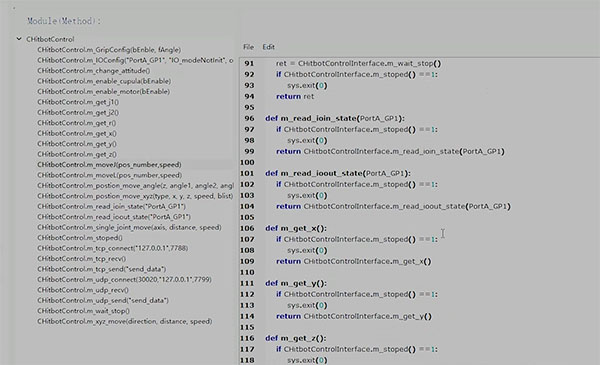
3. Flexibility and Adaptability:
Cobots are highly flexible and can be easily reprogrammed or reconfigured to perform different tasks. This adaptability allows them to work on a wide range of applications, making them suitable for small-batch production, frequent product changes, and diverse tasks.
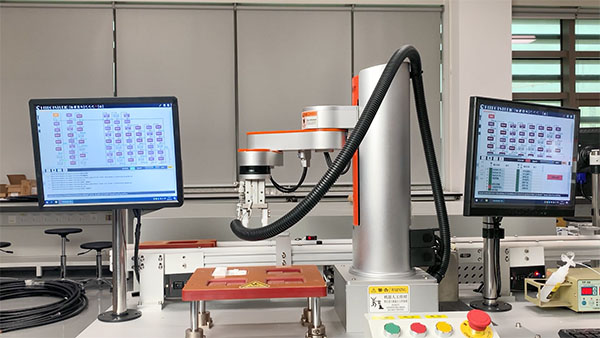
4. Coexistence and Collaboration:
Unlike traditional robots that require safety barriers or cages, cobots can work alongside human operators without physical separation. They can assist humans in tasks that require precision, strength, or repetitive actions, enhancing productivity and efficiency.
Applications of Collaborative Robots
Collaborative robots find applications in various industries and sectors, including:
1. Manufacturing:
Cobots can be deployed in assembly lines for tasks such as pick and place, machine tending, and quality control. They can work alongside human workers, improving production speed and consistency.
2. Healthcare:
Collaborative robots can support healthcare professionals in tasks like patient lifting, medication delivery, and repetitive motions, reducing physical strain and improving patient care.
3. Logistics and Warehousing:
Cobots can assist in order fulfillment, inventory management, and packaging operations, working collaboratively with human workers to optimize warehouse operations.
4. Research and Education:
Collaborative robots are valuable tools for research, experimentation, and education, providing hands-on experience and promoting the understanding of robotics principles.
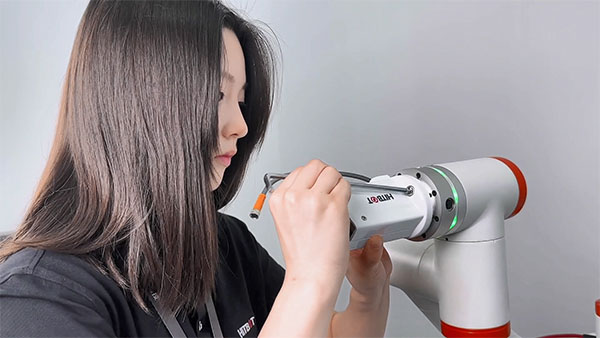
Summary:
Collaborative robots have revolutionized the way humans and robots interact in shared work-spaces. With their advanced safety features, ease of use, flexibility, and adaptability, cobots have opened up new possibilities for increased productivity, efficiency, and workplace safety. As technology continues to evolve, collaborative robots are expected to play an increasingly significant role in various industries, transforming the way we work. By fostering human-robot collaboration, cobots have the potential to enhance our capabilities, improve working conditions, and shape the future of work in a positive and inclusive manner.
